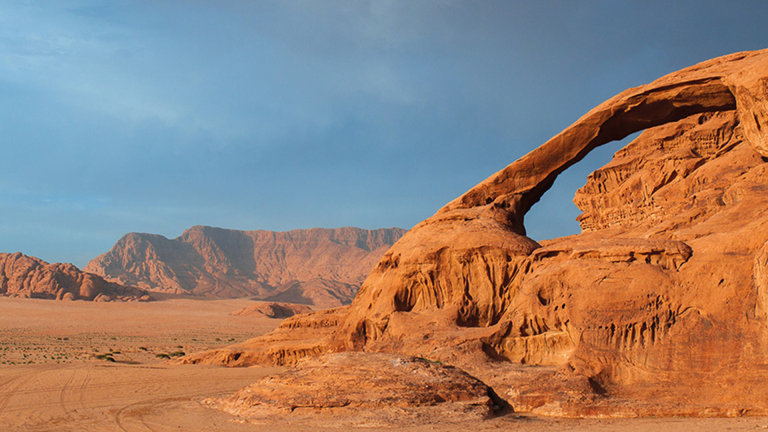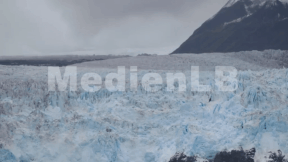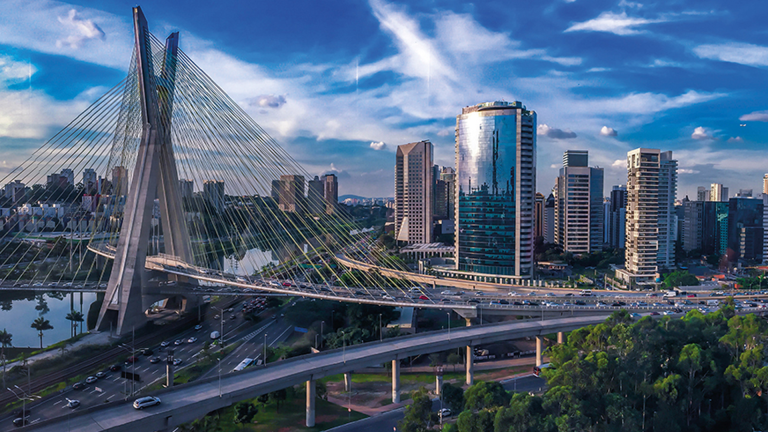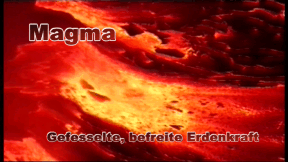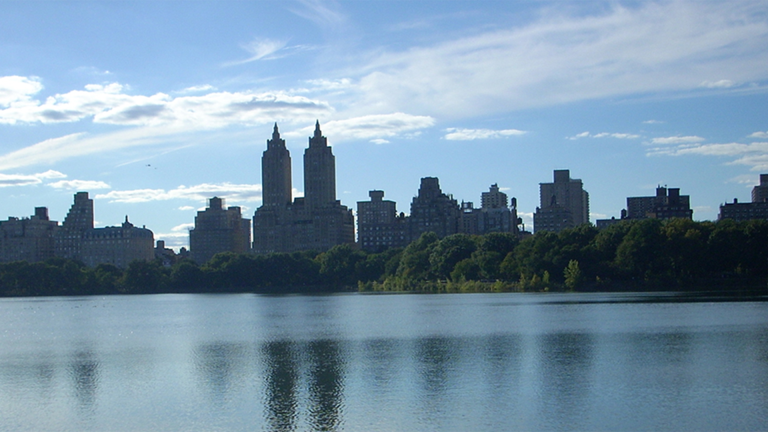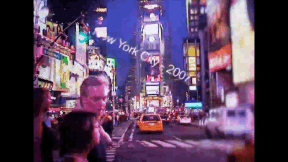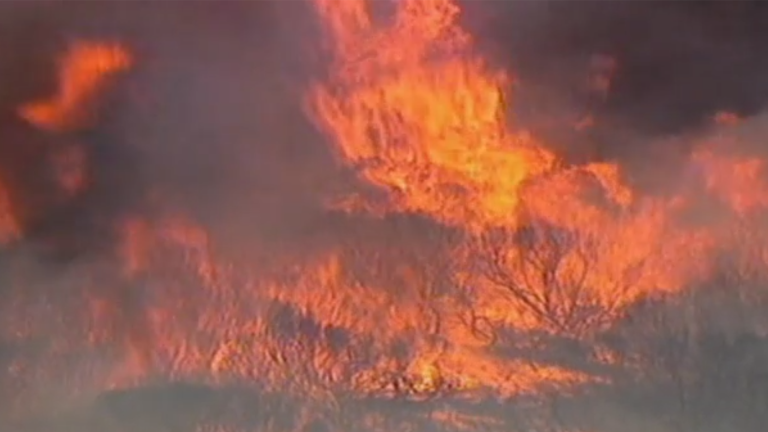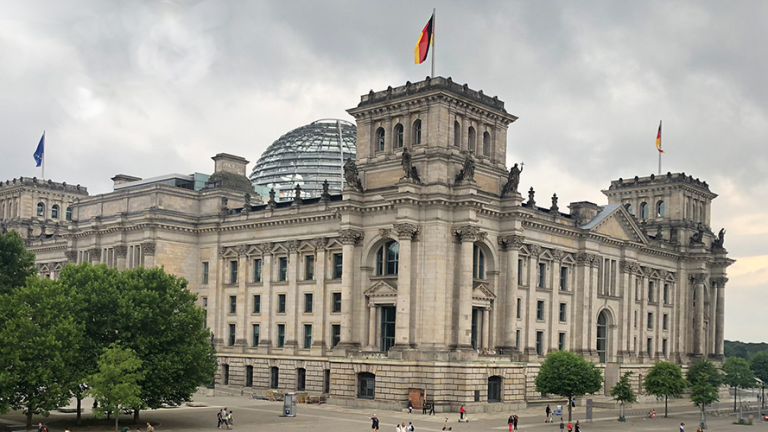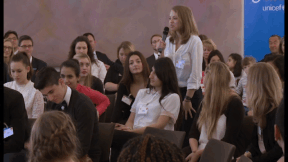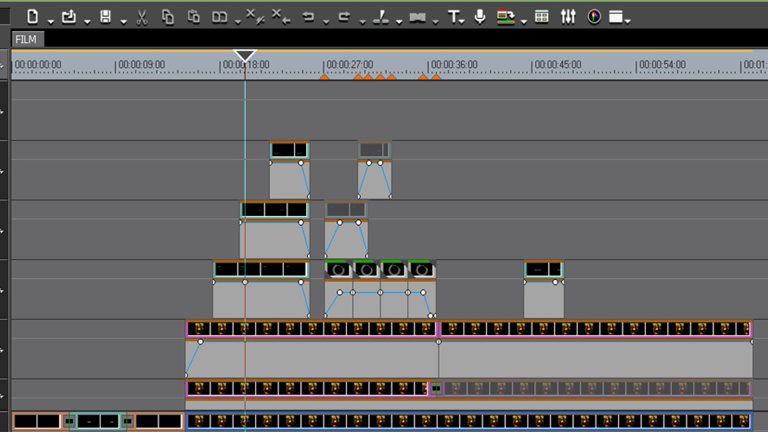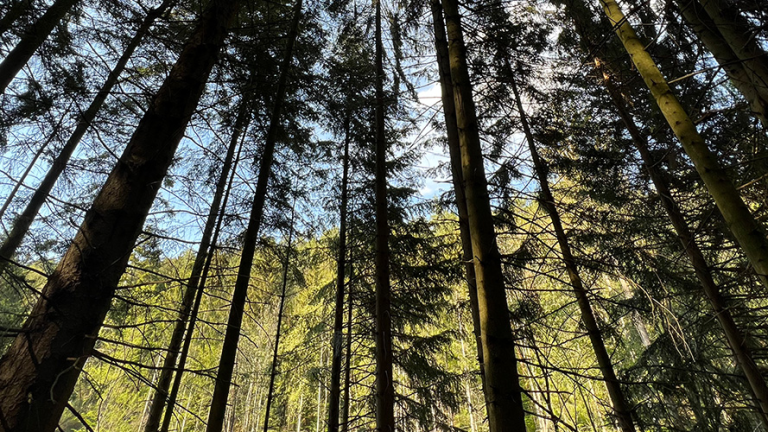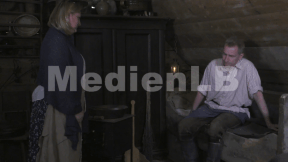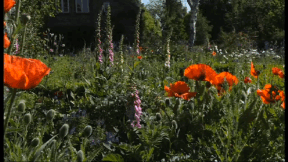Suche:
- # Artistry
- # Biology
- # Chemistry
- # Ecological
- # Economy
- # English
- # Foreign Language
- # Geography
- # German
- # Health
- # History
- # Informatik
- # Latin
- # Mathematics
- # Media Education
- # Music
- # Physics
- # Politics / Civics
- # Preschool
- # Primary School
- # Religion
- # Society
- # Sports
- # Technology
- # Training of Teachers
- # Vocational Education
Desert
Deserts and semi-deserts cover roughly a third of the entire landmass of the Earth. A huge area of our planet is thus defined as an arid region.
Learn moreUrbanisation
Cities, that is, concentrations of culture areas, existed already in ancient times, but the spread of metropolises worldwide, the so-called metropolisation, has developed at an explosive rate mostly during the last 20 to 50 years not only because metropolises are the economic engines of a world that has become global but also because they are centres of art, education and culture. Fashionable metropolises are hip and trendy.
Learn moreMagma
The face of our home planet is subjected to constant change. Mountains are created and eroded over time, oceans flood continental areas, glaciers assume gigantic proportions, modify landscapes and melt – all this happens mostly in very long geological periods of time. Far more spectacular and more comprehensible to humans in terms of time, however, are natural phenomena associated with magmatism, above all, when we encounter them in their most obvious manifestation, volcanism. These natural events that entail far-reaching changes on the surface of the earth, sometimes devastating destruction and high casualties, have impressed civilisations, inspired their imagination and often spread fear and terror from time immemorial. Let us look with wonder and awe at the following breath-taking pictures of volcanic eruptions. They spectacularly illustrate the huge, immeasurable forces hidden inside our earth. At the same time, these pictures make us aware how tiny and powerless we are ourselves.
Learn moreNew York City
A global metropolis of superlatives: the world capital of trade and culture is bustling with 8.1 million people from all nations. Due to its sea port, New York City became increasingly significant in the 19th century, before proceeding to transform into a unique megacity. Formed by immigration and commodity trade, the city today is above all known for its stock exchange, culture, the UN headquarters and its tourist attractions. This didactic DVD offers a clearly structured overview of the city on the east coast of the United States. In the first four chapters, maps and impressive pictures give an overview of the geographical situation of the city, its history and politics as well as education, language and traffic in the metropolis. Important sights and an insight into the lives of its inhabitants can be found in the last chapter. As a special feature, we offer a film from 1967 on New York City. Both films are excellently suited for comparison, on the one hand with respect to the city’s historical development and on the other hand with respect to the presentation on film.
Learn moreMan and Climate
The first chapter of this DVD deals with the population development over the past 3000 years and the associated dramatic effects on nature. The massive deforestation and the fast-increasing water consumption are analysed as two examples for the consumption of our resources. The dependency of the regeneration of our water supplies on climatic conditions clearly illustrates the close link between humans and the climate. But what exactly is the climate and how is it determined? This question is discussed in detail in the second chapter. A look back into the past helps us in addressing current questions. The warm High Middle Ages and the following Little Ice Age as well as plant remains, e.g. the annual rings of trees, or animal finds such as dinosaur skeletons allow us to draw conclusions regarding climatic conditions. Will we meet the same fate as the dinosaurs? In the fourth chapter, we visit the climate data processing centre at the MPI. Significant climate changes are predicted in model calculations for the next 100 years. This leads to further important questions: Do we need to act? If yes, when and on what scale? Especially with this last chapter, the pupils are encouraged to recognise their own responsibility in order to shape the future of all of us.
Learn moreGrundrechte
Das Grundgesetz ist seit 1949 die Verfassung der Bundesrepublik Deutschland. Der Film stellt die Entstehungsgeschichte und die wichtigsten Prinzipien unserer freiheitlich-demokratischen Grundordnung vor. In zahlreichen Interviews, u.a. mit einem Richter am Bundesverfassungsgericht wird das Grundgesetz als Grundpfeiler in sich beständig ändernden Rahmenbedingungen veranschaulicht.
Learn moreChildren’s Rights in Germany
25 years have passed since the Convention on the Rights of the Child was adopted unanimously by almost all countries of the world.
Learn moreDigital Media Designer
Media design refers to the creative practice that is the artistic use of the new media. Media design is the process of aesthetic shaping, during which the media can be both tool and material.
Learn moreHänsel und Gretel
Das Märchen „Hänsel und Gretel“ ist eines der bekanntesten Märchen der „Kinder- und Hausmärchen“ der Brüder Grimm.
Learn moreFamilie
Mutter, Vater und die Kinder – das ist, was in den Sinn kommt, wenn man das Wort „Familie“ denkt.
Learn moreThe Garden throughout the Year
You surely know a few gardens, maybe you even have one yourself. Have you ever taken a closer look at it?
Learn more



